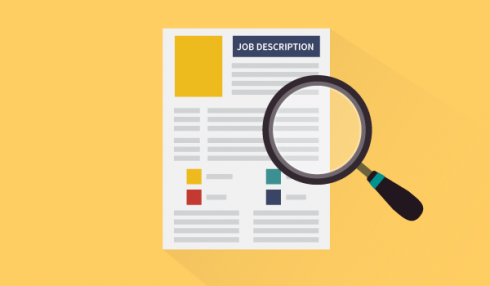“Bill D. is retiring, finally. He kept talking about it but we never thought he’d make the decision. Such a great department manager, he will be missed! Oh…right…I guess we need to look for a replacement! Can you ask Sally in HR to give me a copy of the job description?”
This may be simplified, and yes, widget company leader should have had a succession plan in place. That’s for another blog post. However, this scene plays out in companies all over the country, and all over the world, on a daily basis. Whether it’s a retirement, unfortunate illness, poor performance, or resignation (gasp!) for another job…we all know that moment where we have to think about filling a vacancy. If it’s been held by the incumbent for any length of time, we probably haven’t updated the job description. If we have annual reviews, they may be tied to the job description, but that is not a given.
How does the job description translate to the job posting? The search criteria? If handled properly, a search will include assessing for skills, knowledge, and experience as well as personality, behaviors and aptitude. Simply listing a set of “required” and “minimum” qualifications does not ensure a well-matched applicant pool. What if there were science behind the job description? Science that helped your company not only recruit for a great fit, but measure performance and offer training gap analysis on a regular basis?
There is hard evidence based on long-standing research on which facets of personality and behavior traits best fit certain types of jobs. When you customize for work environment and industry, as well as variances in each job’s responsibilities and duties, you make a big difference in being able to be more specific up front (in recruiting and onboarding) and being better able to communicate and coach more clearly all along the way.
Hmmm… coaching, communication, training – have you heard those words thrown around lately regarding “what matters to the next generations of employees”? Your employees are tired of standard issue tools and performance evaluations of times past. They want someone to see them. To really notice them as individuals. To want them for the job for who they really are, and to help them develop their strengths and overcome their challenges to make a difference in their job and their career.
Still want to photocopy the old job description, send it to HR, and then hand it to the new hire? Be prepared to keep it handy, you might have a vacancy again fairly soon!
To try a new idea, which is actually even simpler, work with a firm that has done the research and can lead you through to customized job searches and descriptions. We’d be happy to talk with you in a confidential consultation, free of charge. We enjoy seeing the relief in using a more accurate process lead to happy companies and employees!








Leave A Comment